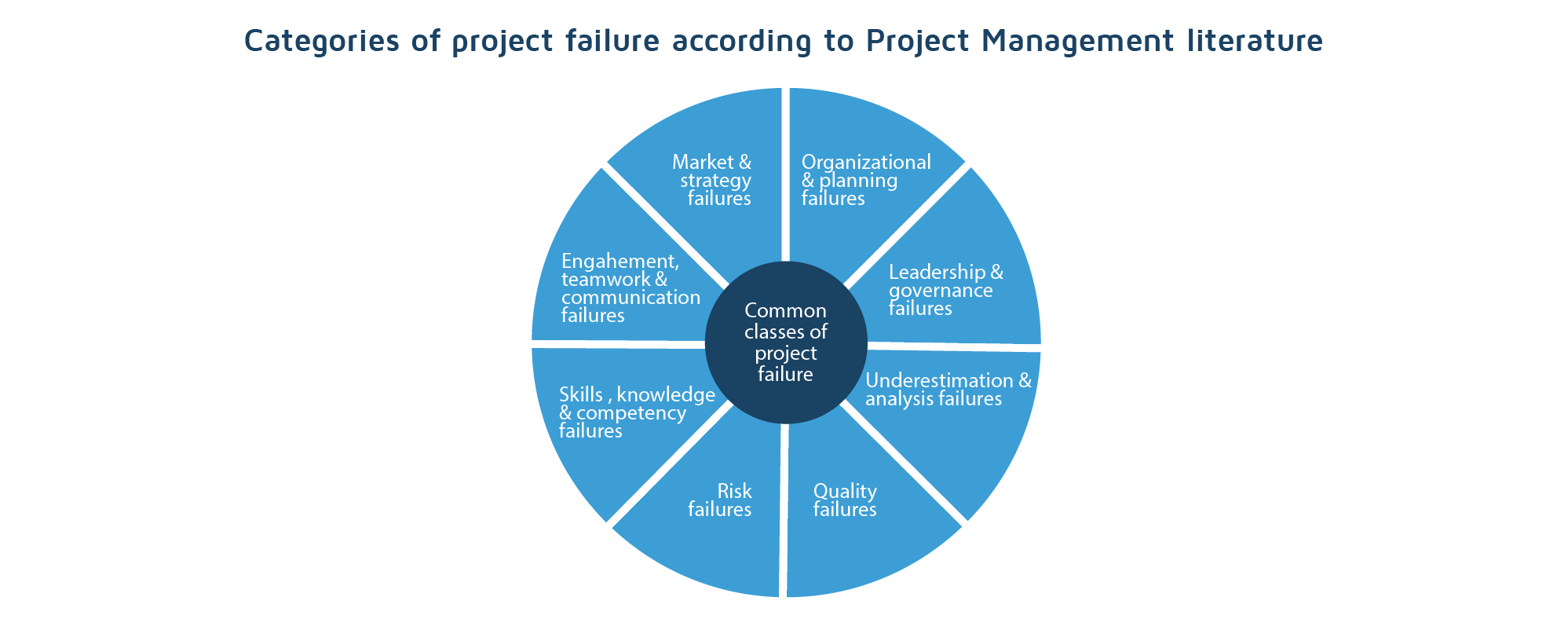26 november 2020
The current aid system has grown into an enormous endeavor reaching a total of US$152.8 billion in official development assistance in 2019. However, research shows that a huge portion of aid projects fail or suffer problems, with the figure sometimes amounting to almost a half. This article analyzes what project failure is and looks at the main causes for the failure of international development projects.
What is an international development project?
Nowadays, projects are the building blocks of international development and most aid is delivered through the project model, which has become the primary instrument for grants, loans, and technical aid. The Marshall Plan, implemented after WWII, is the program that set the tone.
Through international development projects (IDPs), governments, national agencies, multilateral development banks, such as the World Bank, United Nations agencies, bilateral government agencies, such as USAID, and NGOs channel development assistance to developing countries. The main aim of development projects is to stimulate economic growth, bring change, and to boost national and sectoral development in the developing world. It is exactly in this respect that the objectives of international development projects differ from conventional commercial projects, which have a commercial gain as a motive. This is one of the reasons that makes development projects challenging: removing the imperative to make profit seems detrimental to project implementation. Experience shows that aid and development projects fail and suffer difficulties at higher rates than for-profit projects and this often leads to dire consequences for both governments and recipients alike, such as mounting debt or causing beneficiaries to be worse off.

Source: www.developmentaid.org
What is project failure?
The concept of project failure has been a long-debated subject and not only in the development sector. Any attempt to define failure has by no means been easy and no generalized definition has been given by theoreticians for this notion. Some categorize a project that has been terminated before completion as a failure. On the other hand, a project might be completed on time, within budget, and to the required specification, but might turn out to be a failure because it was unsuccessful in making the desired impact or bringing a return on investments. Furthermore, would a project that is completed to the required specifications but outside its planned implementation period and budget and yet makes the required impact be considered to be a failure? One could simply say that a project is a failure if the stakeholders consider this to be so. The literature in the field however suggests that some characteristics are strongly related to the perception of project failure.
Three layers of project failure
There are three layers of research regarding aid projects which can lead to failure. The first focuses on broad macro-economic indicators that could become the cause of challenge for individual projects. Such indicators are literacy rates, per-capita income, or the prevalence of a disease in a region or nation. The second layer, a narrower one, is focused on project implementation related indicators which includes issues such as fieldwork, project activities and project outcomes as well as community processes. Results for this micro-layer are easier to capture and evaluate. The third layer, termed by some authors as the mezzo-issue, is concerned with management and leadership and looks into how people and organizations that implement development activity are managed, motivated, or led.
Internal failure red flags
Unsuccessful projects usually start to fail early on and there are numerous red flags within the project’s activities that, can alert the implementers. Such signs can be inadequate reporting, isolationism or lack of communication, overemphasis on how a system will be built, staff re-assignments, and sluggish achievements. According to the literature, these red flags can be categorized into people-related and process-related and are called Early Warning Signs, defined as events or indications that predict, raise caution, or alert regarding a possible impending problem. Giving these flags appropriate consideration can increase the probability of successful project outcomes.

IDP failure rate
It can happen that a single trigger event leads to project failure but, more often than not, it is a complex entwined set of problems which cumulatively result in failure. Many causes of project failure have been studied with every failed project having its own set of issues therefore the best way to understand the causes of project failure is to study prior projects that have failed.
Research so far argues that the failure rate of aid projects, despite having the experience of decades of implementation and evaluation, remains high. For example, some research claims that only half of the World Bank’s projects in Africa have a positive evaluation and are considered a success. In an attempt to evaluate the success rate of aid projects and the leading causes of failure, the World Bank Group and the Development Research Group have published a paper examining decades of project implementation by the World Bank and the Asian Development Bank. The assessment uses data from 3,821 World Bank projects since 1995 and 1,342 ADB projects since 1973 to produce project outcomes conclusions.
The finding is that macro-level country characteristics contribute only 10-15% of a project outcome which indicates that the specific internal factors of the project implementation actually play the crucial role that leads to success or failure. Among macro variables, country growth and the policy environment are the significant factors that can influence project outcomes. Among the leading project-specific causes of failure are longer project duration and the lack of additional financing. In addition, the track record of the project manager in delivering projects plays a significant role as to whether a project will succeed or fail.

Good vs poor project management
Good project management is one of the key strategies for successful project implementation whereas bad project management and poor planning continue to crippling the implementation of development projects. Furthermore, too often the common causes of IDP failure overlap with the generic factors of project failure in the Project Management literature. The disconnection between the donors and local organizations and managers, bad management decisions and actions such as ignoring the environment of the project, rewarding wrong actions and lack of communication of goals, weak plans that fail to identify risk factors and mitigation measures are among the many leading causes of project failure. And, of course, research points to the important role the leadership of projects and organizations has to play in managing successful projects.
“All too often this failure of leadership results in programmatic dysfunctionality and even organizational collapse,” Trees Die From the Top, John Haily and Rick James, 2004.
DevelopmentAid is a leading platform in the development sector, gathering together information on jobs, experts, organizations, donors, and references. To gain access to the numerous job opportunities posted daily on our platform, register with DevelopmentAid, and become a member of our community.




No comments:
Post a Comment